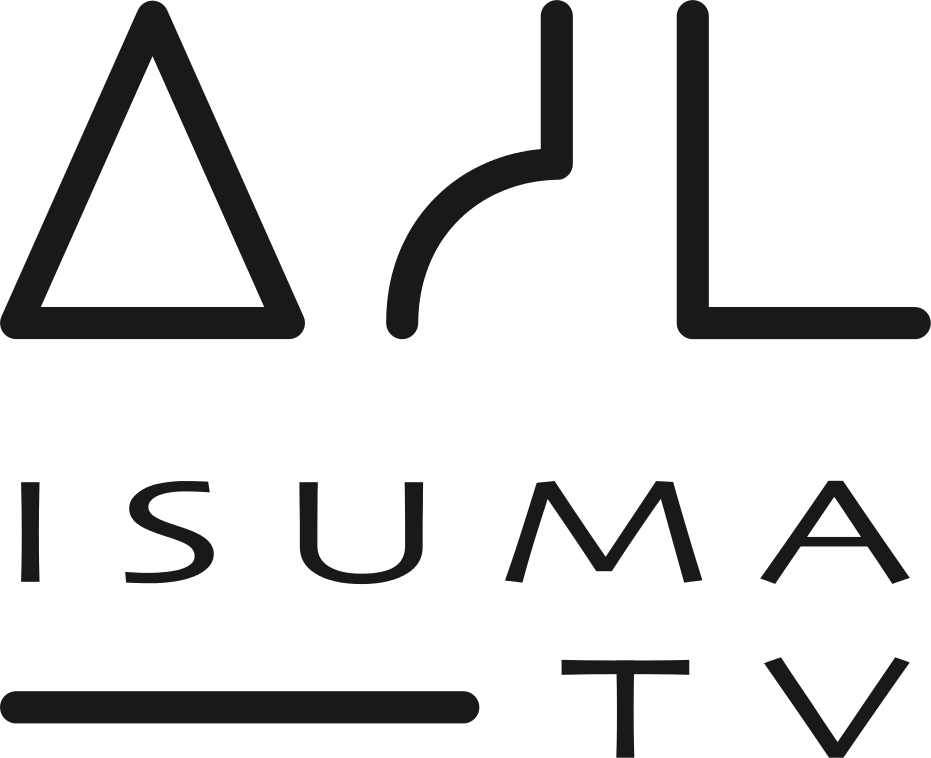
What standards and criteria will the HRIA apply? Part 3: Human Rights Impact Assessment of Baffinland's Mary River Project
What standards and criteria will the HRIA apply? Part 3: Human Rights Impact Assessment (HRIA) of Baffinland's Mary River Project, May 17, 2012 (Download complete PDF at left)
International human rights law
The overall normative framework for the HRIA is defined by the UN Guiding Principles on Business and Human Rights. This is the most authoritative international policy statement about business human rights, which was unanimously welcomed by the UN Human Rights Council in June 2011. It is built upon the “Protect, Respect and Remedy” framework that explains that: States have the primary responsibility to protect human rights, including in relation to the activities of business enterprises; companies have a responsibility to respect human rights though a process of on-going due diligence that is appropriate for each business’ operational context; and, a shared responsibility of States and companies to provide access to remedies for corporate abuses of human rights.
Additional information about the UN Guiding Principles on Business and Human Rights can be found at: http://www.business-humanrights.org/Documents/UNGuidingPrinciples3
Furthermore, the HRIA will look at the various international human rights obligations of Canada4 and their implementation in federal and territorial laws and regulations that are relevant to the mining industry, including labour and environmental laws and various government programmes and social protections. In the context of Nunavut, the Nunavut Lands Claim Agreement will be given significant attention as a modern lands claim agreement that has a number of important elements that contribute to the protection of the rights of Inuit.
Human rights compliance and impact assessment tools
In assessing whether different duty-bearers (State and company) are meeting their obligations and responsibilities for human rights, the HRIA will use internationally- accepted questions and indicators to guide the assessment. Based on professional experience, the HRIA team will customize a list of the most relevant question of questions and indicators for the Mary River project from the following assessment to tools:
• Danish Institute for Human Rights Human Rights Compliance Assessment (Quick Check Version) - http://www.humanrightsbusiness.org/files/HRCA%20QC/quick_check_august_2006. pdf
• Rights & Democracy “Getting it Right: Human Rights Impact Assessment Guide” -
http://www.dd-rd.ca/hria/en/
• International Finance Corporation, “Guide to Human Rights Impact Assessment and Management” - http://www.guidetohriam.org/app/images/documents/Guide%20to%20HRIAM%20bo oklet%20English.pdf
The questions and indicators, and assessment criteria in these guides, will assist the HRIA team to develop the interview guides and research agenda for the information- gathering stage of the assessment. They will also guide the analysis, findings and recommendations of the HRIA report.
Good practice policies and guidance for the mining industry
To assist in making the human rights analysis as relevant and focused on the operational context of the mining industry, additional good practice policies and guidance will also be referenced to compare some of the things that leading companies are doing to address human rights. These include:
• International Council of Mining and Metals (ICMM)’s guidance and policies on business and human rights.5
• International multi-stakeholder initiatives related to human rights in the extractive industry, including the Voluntary Principles on Security and Human Rights6 and the Extractive Industry Transparency Initiative.7
• International policies and standards related to corporate social responsibility and human rights, including the OECD Guidelines on Multinational Enterprises and the International Finance Corporation’s Performance Standards.
• Canadian policies and standards relevant to the mining sector, including the Mining Association of Canada’s “Towards Sustainable Mining”; the Prospector and Developer’s Association of Canada, “E3 Plus: A Framework for Responsible Exploration,” and the Government of Canada’s international CSR strategy, “Building the Canadian Advantage: A Corporate Social Responsibility Strategy for the Canadian International Extractive Sector.”





